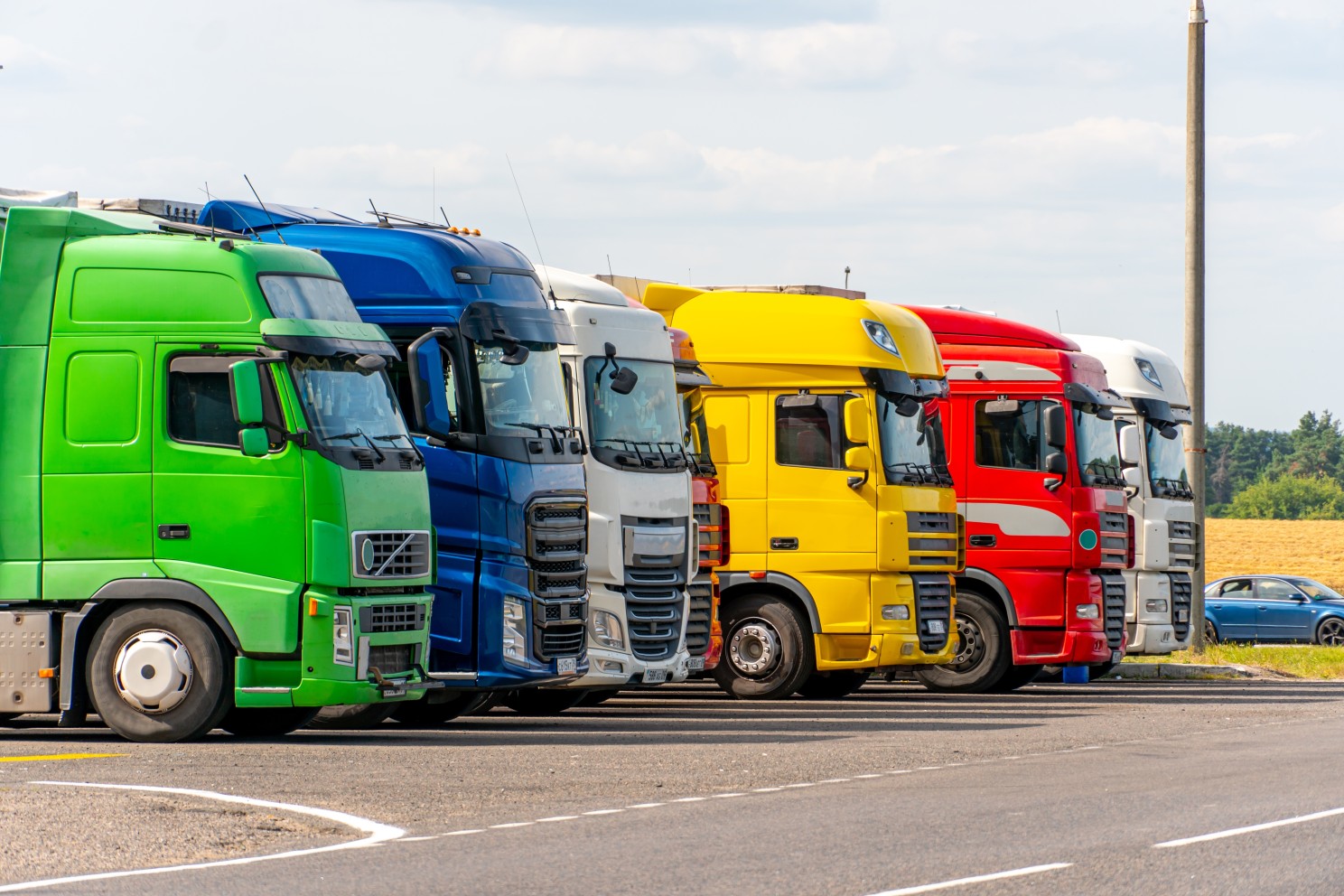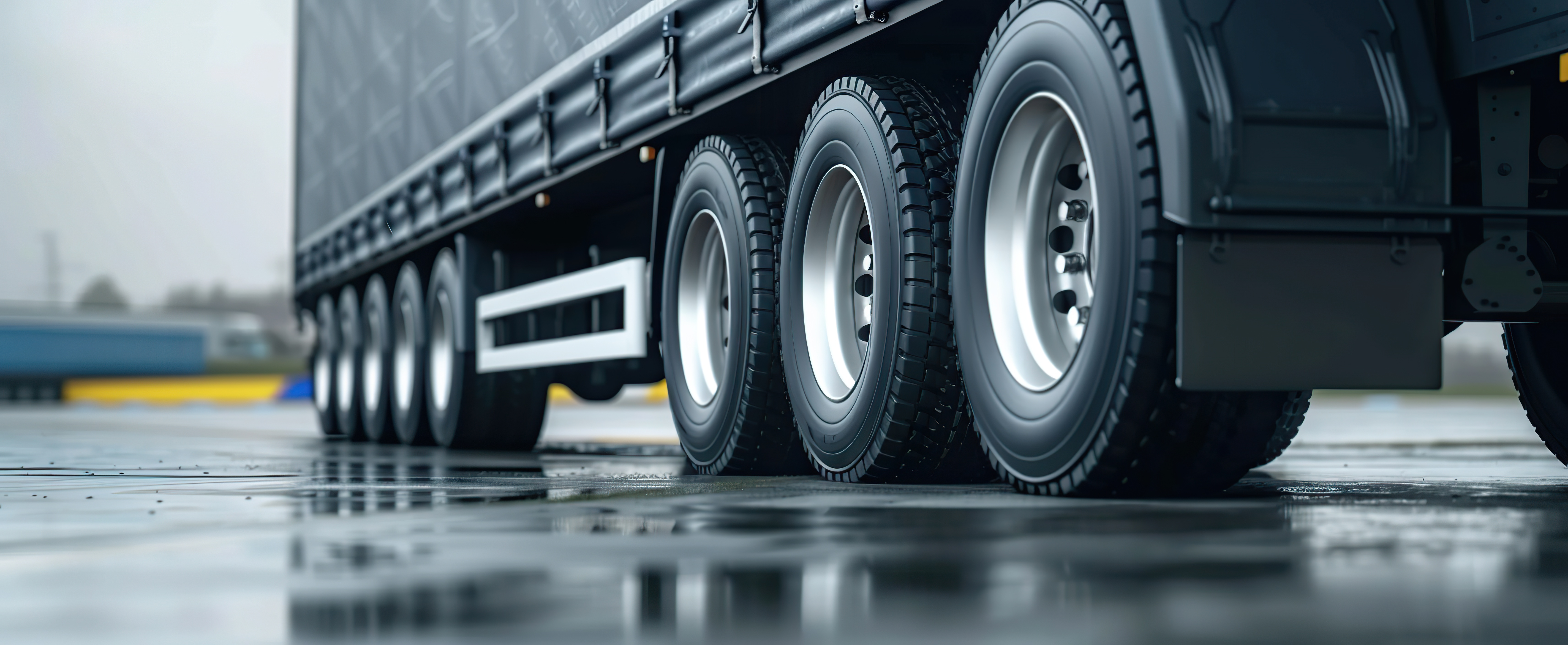
Josh Cousens
Какво трябва да знаят мениджърите на автопаркове за правилата на ЕС в областта на транспорта
Създаден: 07.04.2025
•
Актуализирано: 07.04.2025
Знаем, че мениджърите на автопаркове жонглират с недостига на шофьори, нарастващите разходи за гориво и значителната задача да поддържат камионите в съответствие с изискванията. А сега добавете и сложната мрежа от транспортни разпоредби на ЕС, които се развиват по-бързо от пробега на вашия автопарк. Звучи ли ви познато?
Добре дошли на фронтовата линия на европейските превози на товари.
От правилата за часовете на работа до целите за емисиите - регулаторният пейзаж на ЕС е предизвикателство и половина, но също така и пътна карта за по-иновативен, по-безопасен и устойчив превоз на товари.
Независимо дали управлявате семейна фирма в Полша, или контролирате паневропейски операции от Обединеното кралство, изпреварването на правилата не е задължително. Това е оцеляване.
Защо мениджърите на автопаркове трябва да обърнат внимание
Разпоредбите на ЕС в областта на транспорта засягат почти всеки аспект от работата ви: часове за шофьорите, емисии от превозните средства, граничен контрол, паркиране и цифрово съответствие. Изоставането може да означава глоби, закъснения или загуба на договори.
Добрата новина е, че ако разберете системата, можете да я използвате във ваша полза. Познаването на правилата улеснява открояването на вашия бизнес сред конкуренцията.

Основни разпоредби на ЕС в областта на транспорта, които всеки управител на автопарк трябва да знае
1. Закони за работното време на водачите и тахографите
Европейският съюз има строги правила за това колко време водачите могат да работят на пътя. Управителите на автопаркове трябва да гарантират, че техните водачи:
- шофиране не повече от 9 часа на ден (с възможност за удължаване до 10 часа два пъти седмично)
- Не превишавайте 56 часа шофиране в рамките на една седмица
- Правете 45-минутна почивка след 4,5 часа шофиране.
Всички съответни превозни средства трябва да бъдат оборудвани с дигитални тахографи, за да се следи спазването на изискванията. Неспазването на това изискване е една от най-честите причини за налагане на санкции.
Научете повече за правилата за тахографите тук.
2. Пакет за мобилност
Този мащабен пакет от реформи променя трансграничните превози на товари. Основните промени включват:
- Редовно връщане на автомобилите в родната им страна на всеки 8 седмици
- Еднакво заплащане за водачите, работещи в приемащите страни от ЕС
- Нови правила за каботажа и командироването на водачи.
Това е промяна на правилата за мениджърите на автопаркове, които контролират международния транспорт.
Научете повече за пакета за мобилност тук.
3. Емисии и екологични правила
Зоните с ниски емисии (LEZs), целите за CO2 за нови камиони и стимулите за електрически превозни средства са само началото.
Мениджърите на автопаркове трябва да се придържат към стандартите за емисии Euro 7. Те включват:
- да знаете къде се намират зоните с ниски емисии (особено в градове като Париж, Берлин и Милано)
- Инвестирайте в по-чисти технологии или модернизирайте по-старите превозни средства
- Проследяване на данните за емисиите за целите на изискванията за докладване.
4. Интелигентни тахографи и цифрово съответствие
Европейският съюз се стреми към автоматизирано прилагане на законодателството:
- Интелигентните тахографи са задължителни за всички нови автомобили
- Тези устройства предават GPS данни и могат да бъдат сканирани от разстояние от органите
- Цифровите инструменти за управление на автопаркове вече не са лукс - те са вашата законова предпазна мрежа.
5. Трансгранични правила за паркиране и почивка
Мениджърите на автопаркове трябва да планират местата за паркиране и почивка в съответствие с правилата за благосъстояние на водачите:
- Шофьорите трябва да прекарват седмичните периоди на почивка извън кабината
- Охраняемият паркинг за камиони става задължителен в някои региони.

Често задавани въпроси
Какви са правилата на ЕС за часовете на шофиране за водачите на тежкотоварни автомобили?
Мениджърите на автопаркове трябва да гарантират, че водачите спазват регламентираните от ЕС ограничения: 9 часа на ден (с възможност за гъвкавост), подходящи почивки и максимални седмични/месечни лимити за шофиране.
Какво представлява пакетът за мобилност на ЕС за камиони?
Реформата на пакета за мобилност гарантира лоялна конкуренция, благосъстояние на шофьорите и подходящ надзор в областта на международните превози на товари и автомобилния транспорт - с по-строги правила за каботажа, заплащането и връщането.
Какво се случва, ако нарушите правилата на тахографа?
Шофьорите, които нарушават правилата на тахографа, могат да очакват глоби, евентуални забрани и накърнена репутация на фирмата. Неспазването на изискванията е не само риск, но и скъпоструващо.
Изискват ли страните от ЕС стандарти за емисии за камиони?
Да. Повечето големи европейски държави и градове имат строги политики и цели за намаляване на замърсяването на въздуха от превозните средства, така че операторите на автопаркове трябва да планират предварително.
Общата картина
Мениджърите на автопаркове не просто управляват камиони, те управляват и риска, съответствието и репутацията на своя бизнес. Разбирането на транспортните разпоредби на ЕС е разликата между процъфтяването в съвременните превози и изоставането.
SNAP прави тази работа по-лесна за изпълнение. От цифрови плащания до решения за паркиране на камиони и спазване на изискванията - ние подкрепяме хората, които поддържат Европа в движение.
Регулациите се затягат, но компетентните мениджъри на автопаркове? Те също затягат играта си.
Готови ли сте да се съобразите с изискванията, да останете конкурентоспособни и да управлявате бъдещето на товарните превози? Отключете SNAP днес.



